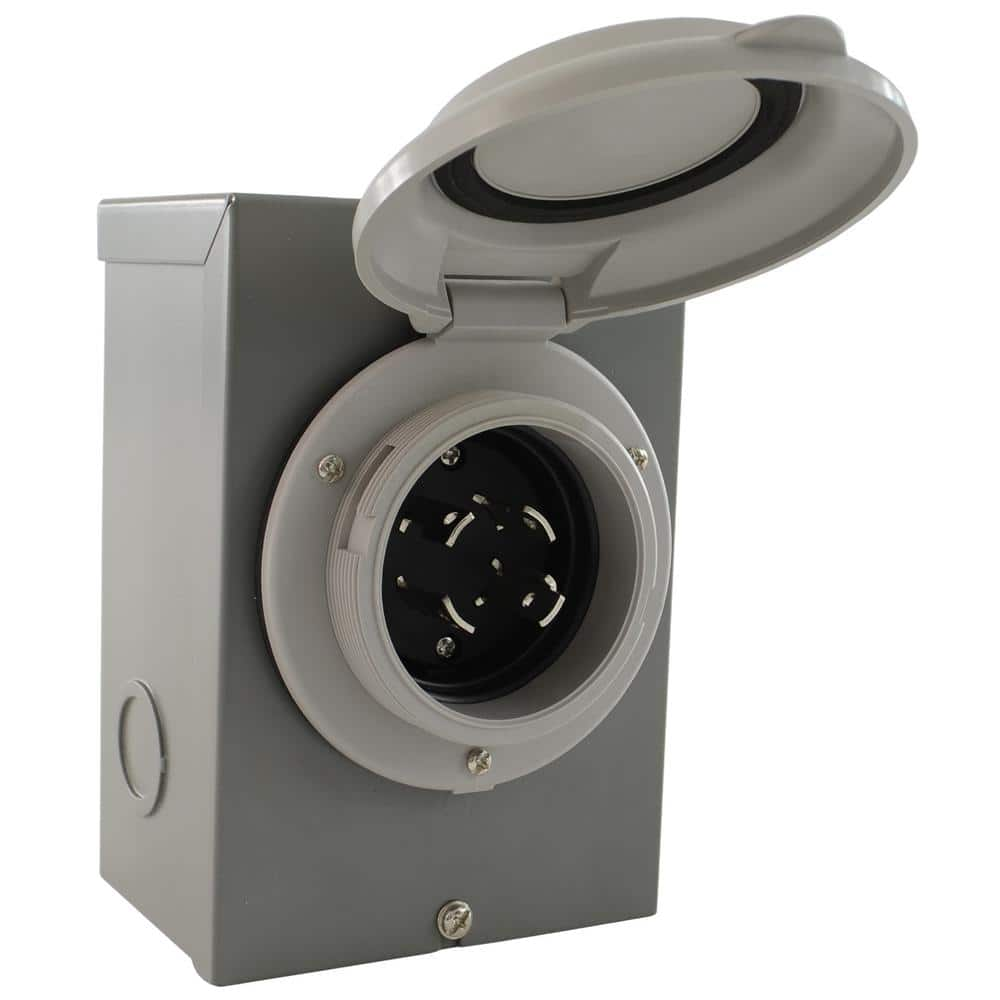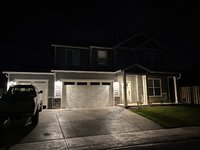Bronze Supporter
- Messages
- 774
- Reactions
- 2,302
Going on 15 years ago we had a second breaker panel with an interlock installed. An outlet from the second panel is hard wired on the outside of the house. When we need the generator a pretty major cord (two male ends NO! lol just went and looked... it was late when I typed this) is plugged into the generator and that outlet. I switch off the breaker for the line power and switch on the breaker for the generator power. This is where the interlock comes in - only one of those breakers can be "on". The interlock physically prevent both from being "on" at the same time.
The second panel is a subset of all the outlets/hardwired equipment in the house - basically the kitchen, garage and family room. We cannot run the whole house off the generator. With a 5,500 watt generator we run:
Fridge
Small Chest Freezer
Gas Furnace
Gas Stove Top
Garage Door Opener
Approx 12 lights (many canned lighting)
Approx 10 outlets
We tend not to turn on the kitchen canned lighting, it's the majority of the lights and really works the generator. We run led lamps from the outlets, plus a couple of regular ceiling lights. Also the router, TV, receiver, BR, and my desktop.
A gallon of gas runs the generator between 2 and 3 hours. We tended to run it from around 6 to noon, shut it down for a couple of hours, then 2 to 8 or 9. But it never got really cold, other times we've run longer hours to keep the heater going.
Kept us comfortable for the week we were out of power.
One thing that's changed is the availability of really powerful, portable, rechargeable led lights. We no longer miss not having most of the house powered, we just use those in the other rooms.
The second panel is a subset of all the outlets/hardwired equipment in the house - basically the kitchen, garage and family room. We cannot run the whole house off the generator. With a 5,500 watt generator we run:
Fridge
Small Chest Freezer
Gas Furnace
Gas Stove Top
Garage Door Opener
Approx 12 lights (many canned lighting)
Approx 10 outlets
We tend not to turn on the kitchen canned lighting, it's the majority of the lights and really works the generator. We run led lamps from the outlets, plus a couple of regular ceiling lights. Also the router, TV, receiver, BR, and my desktop.
A gallon of gas runs the generator between 2 and 3 hours. We tended to run it from around 6 to noon, shut it down for a couple of hours, then 2 to 8 or 9. But it never got really cold, other times we've run longer hours to keep the heater going.
Kept us comfortable for the week we were out of power.
One thing that's changed is the availability of really powerful, portable, rechargeable led lights. We no longer miss not having most of the house powered, we just use those in the other rooms.
Last Edited:














